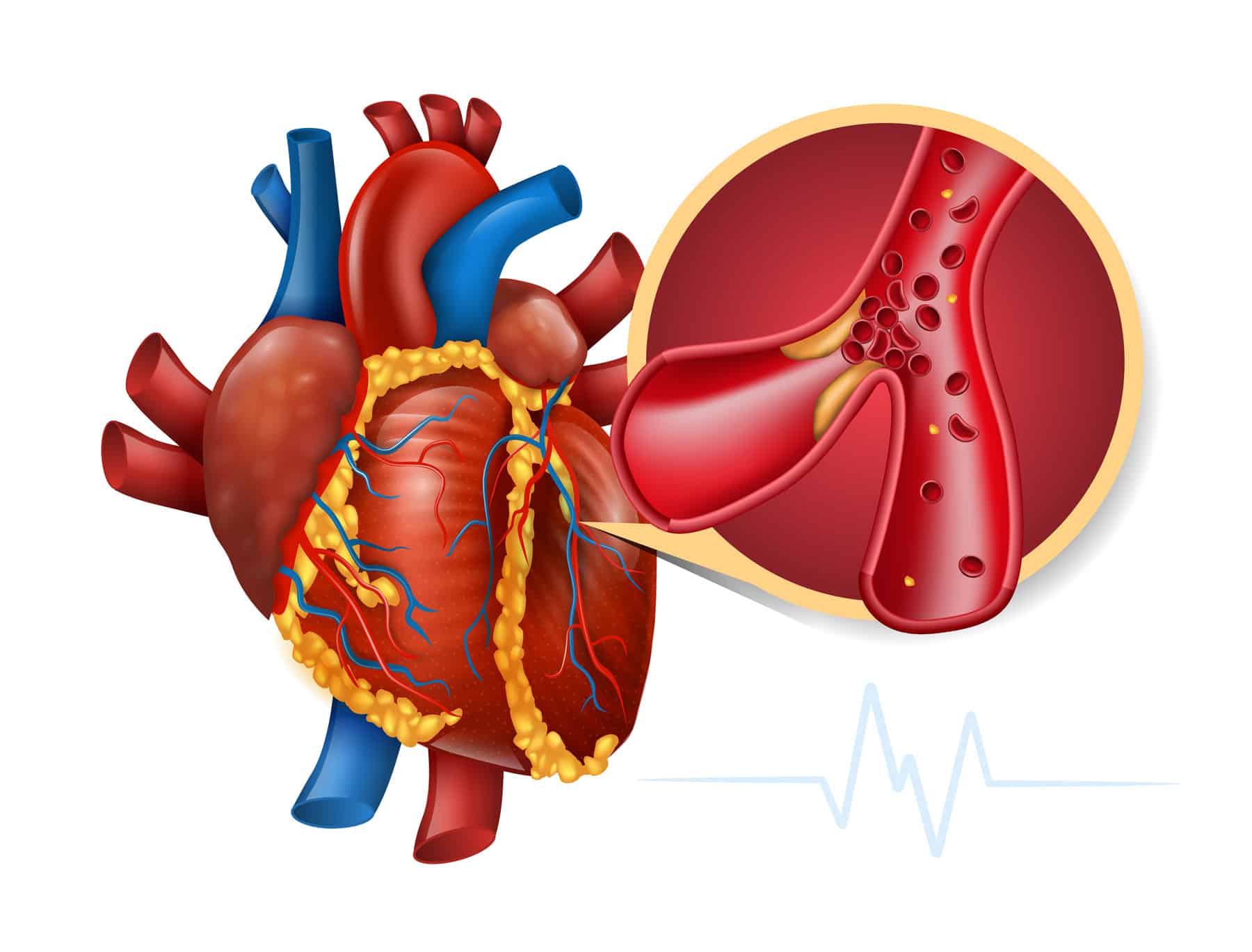Cardiovascular
Chemicals in plastics: A risk factor for cardiovascular disease?
The pervasive use of plastics in daily life has raised concerns about the potential health effects of exposure to plastic-derived chemicals. Recent research has hinted at a possible connection between such chemicals and an increased risk of cardiovascular disease. The study explores the relationship between exposure to plastic chemicals and the predisposition to cardiovascular diseases in adults and children.
Exposure to environmental chemicals, including those found in everyday plastic items, has been linked to a higher chance of having heart-related illnesses, known as cardiovascular disease or CVD. According to the World Health Organization, it is the leading cause of death worldwide, with almost 18 million people dying from it in 2019.
Changcheng Zhou, a professor in the School of Medicine at the University of California-Riverside, got a significant award of about $6.8 million from a program called RIVER, which stands for Revolutionizing Innovative, Visionary Environmental Health Research.
The National Institute of Environmental Health Sciences, or NIEHS, runs the program. Zhou’s goal is to study how specific genes interact with endocrine-disrupting chemicals, or EDCs, to increase the risk of cardiovascular disease possibly.
EDCs are chemicals that can copy, stop, or mix up the hormones in our bodies. They can affect how we reproduce, and our immune and nervous systems work. They’re also known to raise the risk of getting cancer. Some examples of these chemicals are human-made substances used in factories and their leftovers, as well as certain plastics, pesticides, fungicides, and medicines. There are also natural chemicals, like phytoestrogens (like estrogen from plants), that we find in the food we eat and give to animals.
It was not fully known how exposure to EDCs and other environmental chemicals affects the risk of cardiovascular disease (CVD). But some recent significant studies discovered a connection between exposure to EDCs and atherosclerosis. It is when fatty materials like cholesterol build up in the walls of our arteries, making them hard and narrow. This condition can lead to heart problems. People often need to change their lifestyles, take medicines, or even have surgery to treat atherosclerosis.
Zhou said, “I am humbled and honored to receive the NIEHS RIVER grant, which provides the flexible and long-term support my research program needs to conduct innovative and impactful research in an area of crucial importance to the NIEHS mission. We expect the research this grant supports will contribute to understanding gene-EDC interactions in predisposing individuals and their children to CVD. We will explore how chemicals in common plastics and household products can act as EDCs, singly and in mixtures, and whether microplastics can act as Trojan horses, ferrying EDCs into the body to develop atherosclerosis.”
Zhou, a researcher, found that certain environmental chemicals, like EDCs, can turn on a kind of sensor in our cells called “PXR.” This sensor can sense foreign chemicals and help control the development of atherosclerosis, which is a heart-related problem. With the new funding, Zhou will study how these chemicals affect the PXR sensor and lead to atherosclerosis.
They will use mice to examine how these chemicals influence things like cholesterol and fats in the body that can cause atherosclerosis. They also want to check if male mice are exposed to these chemicals. It might change their sperm in a way that makes their children more likely to have heart problems. The goal is to find new ways to treat heart issues caused by chemicals.
Zhou’s past research showed that common EDCs can worsen atherosclerosis by affecting the PXR sensor. Because of his expertise in different areas of science, he is well-suited to figure out how genes and these chemicals together make atherosclerosis happen.
Zhou said that, “few studies have examined how these chemicals affect atherosclerosis, even though they can impact our health.” This research could change the way we think about diseases caused by chemicals and even help find new treatments.

